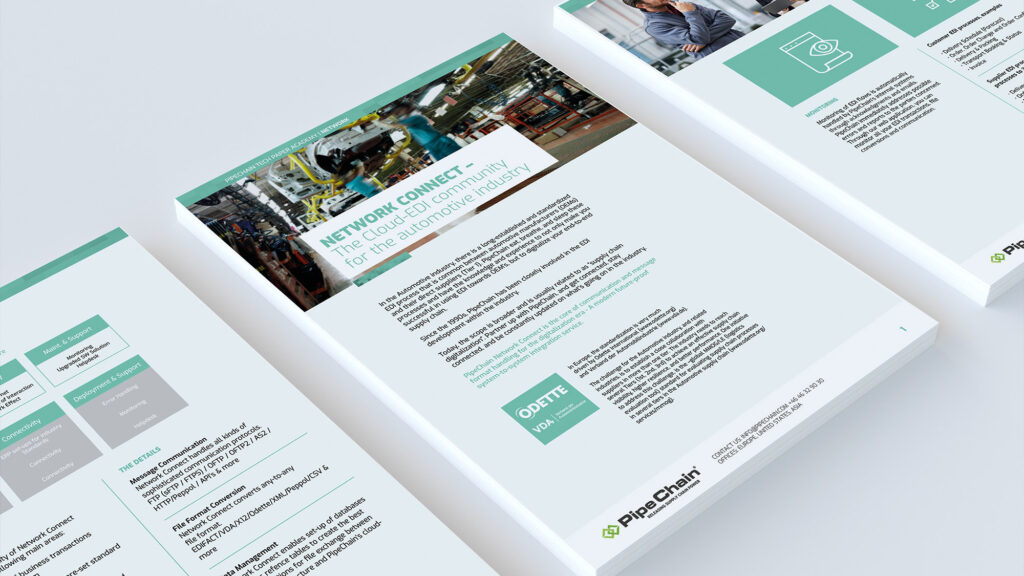
Reaching supply chain flexibility
When the covid-19 pandemic struck, most of the world’s manufacturers were struggling to meet up with demand. But due to lack of investment in a flexible and resilient supply chain, the disruptions in the supply chain and the lack of any slack capacity often meant suppliers and customers went to agile competitors who’d invested in flexible technology and collaborative long-term strategies with their suppliers.
To succeed in such a competitive, and sometimes volatile, business environments, companies need to structure their approach to enhancing their supply chain flexibility. This mean identifying digital tools, processes and physical assets that can prepare them for, and mitigate, disruptions while capitalizing opportunities.
There are several types of flexibility. The types discussed here, digital, physical and process, all require their own tools, implementation strategies, and investments. Digital or otherwise.
Digital Flexibility
Digital Flexibility refers to a company’s ability to use information flows to make decisions quickly and efficiently. This includes the ability to ensure real-time flows of high-quality data, generate insights, and develop the necessary talent to use digital tools throughout the supply chain.
Physical Flexibility
A company’s Physical Flexibility refers to its capacity to continuously align its physical assets to maximize value creation.
This is probably where the mind goes when you traditionally think about supply chain flexibility. But physical flexibility is not just about making capital investments in physical capacity, but also how companies use their existing physical assets effectively. This includes the ability to adjust capacity usage in response to demand and supply variations, rebalance inventory flows, and create high levels of customer value with minimum product complexity.
Process Flexibility
Process Flexibility refers to the ability of a company’s core business processes to support flexible and responsive operations. In a supply chain context, process flexibility can be improved through two main ways: effective management of lead times, and supply chain planning. Reducing lead times and forecasting demands are a key aspects of process flexibility, as the faster as the company’s supply chain can react and respond to changes and disruptions, the more flexible it becomes.
Turn your disruptions into opportunities
Responding to a dynamic environment and being able to adapt to changes is the core of supply chain flexibility. The effect of a flexible supply chain is not only company that’s resilient to changes and disruptions, it also means higher customer satisfaction and a reduction in costs. Furthermore, it allows for faster reaction to changing market trends and taking advantage of opportunities, not disruptions, that may arise.
All the above dimensions of flexibility are positively affected by PipeChain when you roll out our supply chain solutions to as many of your trading partners (suppliers, customers, carriers) as possible. The pay-back is immediate and the ROI is very high, since you pay-as-you-grow with us.
Read more about supply chain flexibility
Insights

If you are interested in learning more about how to create a powerful connected supply chain, here are our latest insights.
Tech papers

To help you get a deeper and better understanding of our solutions and your supply chain, we have developed a number of detailed tech papers on different subjects.
-
Necessary
These cookies are not optional. They are needed for the website to function. -
Statistics
In order for us to improve the website's functionality and structure, based on how the website is used. -
Experience
In order for our website to perform as well as possible during your visit. If you refuse these cookies, some functionality will disappear from the website. -
Marketing
By sharing your interests and behavior as you visit our site, you increase the chance of seeing personalized content and offers.


